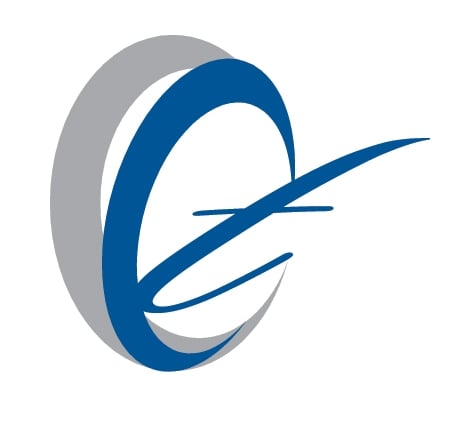The textiles and apparel industry, once considered far behind the building and consumer electronics sectors in sustainability, has taken the lead on the environmental front.
Though still in their infancy, the industry-wide efforts are a prime example of how open-source, cooperative action can yield promising results.
The Eco Index, an internal environmental assessment tool designed for apparel, footwear and equipment, grew from a seed of an idea that surfaced in August 2006 at Outdoor Retailer Summer Market, a twice-annual trade show for outdoor industry businesses.
Five years in the making, the tool is accessible for anyone to test via ecoindexbeta.org, though there are a number of active subgroups still finalizing content. Methodologies for toxics & chemistry, equipment and materials efficiency in waste, and indicators for social responsibility and fair labor are being developed. Meanwhile, indicators for end of life, packaging and facilities are being revised.
The Eco Index provides a comprehensive framework for approaching sustainability throughout the supply chain.
Linda Greer, director of the Natural Resource Defense Council’s Health and Environment Program and the woman behind the Clean By Design initiative, feels that creating the index is an amazing feat, but a bit misdirected.
“The development of the whole tool doesn’t address the fact that more than 90 percent of the brands out there don’t know where they get their materials from,” Greer says. “That is a real problem. It’s as if they are writing a giant SAT test and don’t know the students to submit it to.”
The lack of material transparency was one of the principal reasons behind the founding of Source4Style, a business-to-business online platform currently in public beta, which connects apparel brands directly to the source of their materials. Sustainability information is built into a supplier questionnaire at the start, with the bulk of the questions modeled from the Eco Index’s Material Indicators. The more information suppliers know about their own material, the better search functionality they will achieve once the site moves from public beta in a few months.
Beth Jensen, corporate responsibility manager of Outdoor Industry Association, the trade organization supporting the Eco Index, says the index provides a platform for brands and retailers to work with suppliers to gather information, leading to the ultimate goal of increased supply chain transparency.
“The companies in our industry recognize that they are not yet achieving the level of supply chain visibility they would ideally like to see, but that is why they developed the Eco Index,” she says. “The index provides shared language and guidance around environmental impacts, a roadmap to discussing sustainability issues with and gathering data from suppliers.
“Down the road, it is likely that some type of third-party verification system will be put into place around the Eco Index, which will further force the issue of improved supply chain transparency. Those brands, retailers, and suppliers engaging now around the Eco Index will be well-positioned when that time comes.”
It is clear that a process and framework for thinking about such issues were sorely lacking until the index emerged. Many firms and brands don’t know where to start when it comes to sustainability. The Eco Index gets all brands, retailers, and suppliers on the same page, working in a common language and using a common way of measuring progress — whenever the players are ready to speak and work towards those goals.
Kevin Myette, director of product integrity at REI, resolutely says, “Until we have that language, we have minimized our chance to make a difference.”
Myette, a core member of the Outdoor Industry Association Eco Working Group and the chair of the systems subgroup of the Sustainable Apparel Coalition, jokes that he doesn’t know who he’s working for anymore, but to him, it doesn’t matter. He recognizes that being a part of the efforts helps move the industry forward.
The Sustainable Apparel Coalition, an initiative announced earlier this year, began building upon the Eco Index efforts through an initial dialogue between Patagonia and Walmart. Jill Dumain, Patagonia’s director of environmental strategy and chair of the Eco Working Group, says the coalition’s goal is “to reduce the impact of the apparel industry by creating an index that will allow companies to rate their products for internal review. This will allow them to learn the necessary steps to improve their products and practices from both an environmental and social/labor point of view.”
By Summer Rayne Oakes at Greener World Media
Thu Jul 7, 2011 1:00am EDT

 OCCU-TEC, Inc.
OCCU-TEC, Inc.
.png)